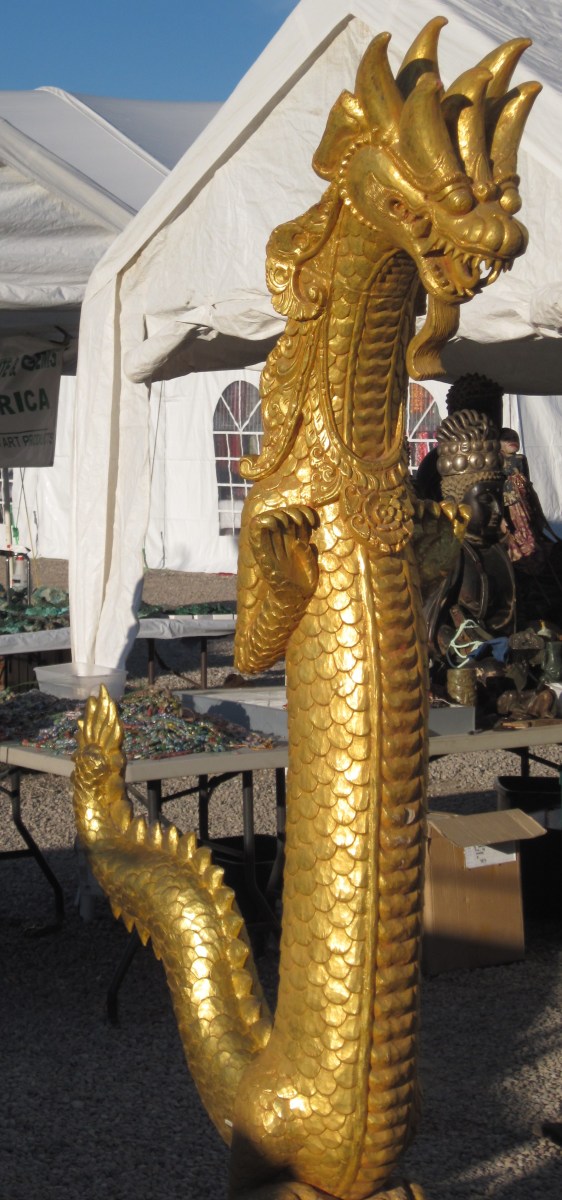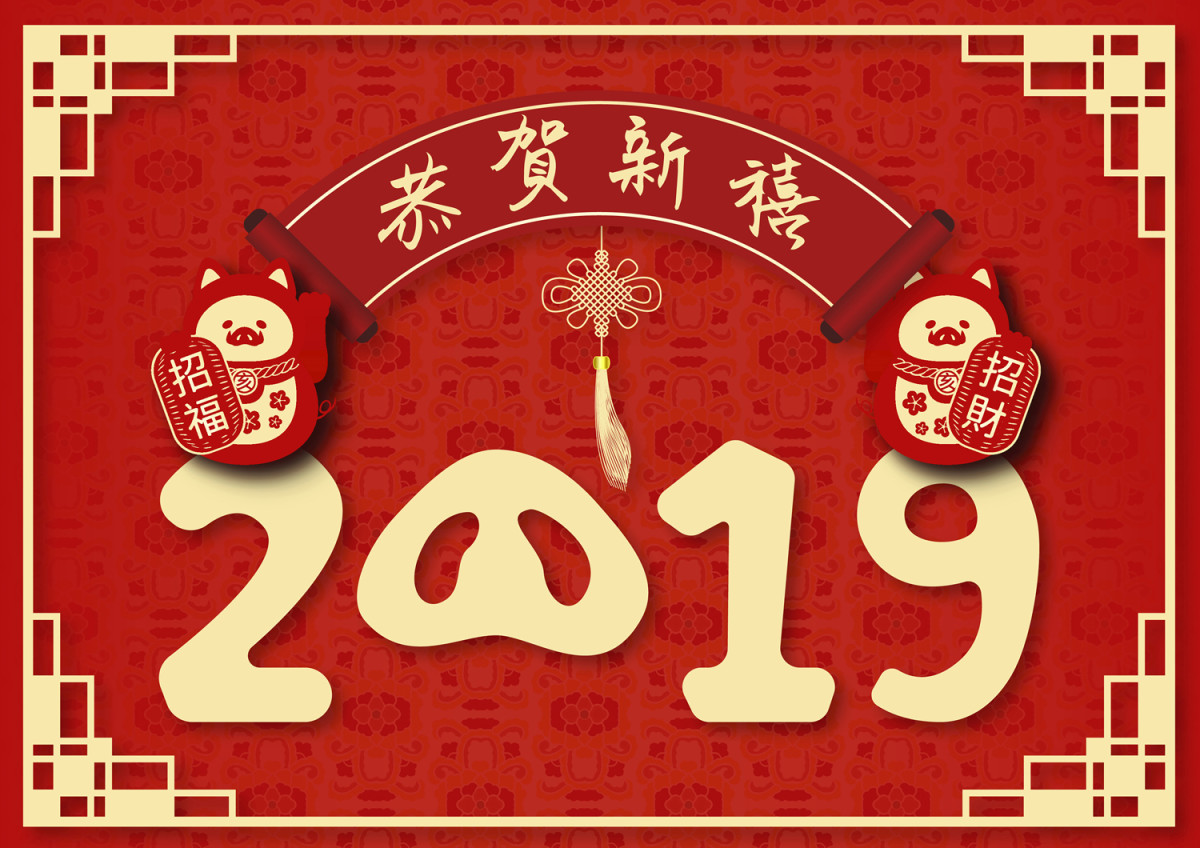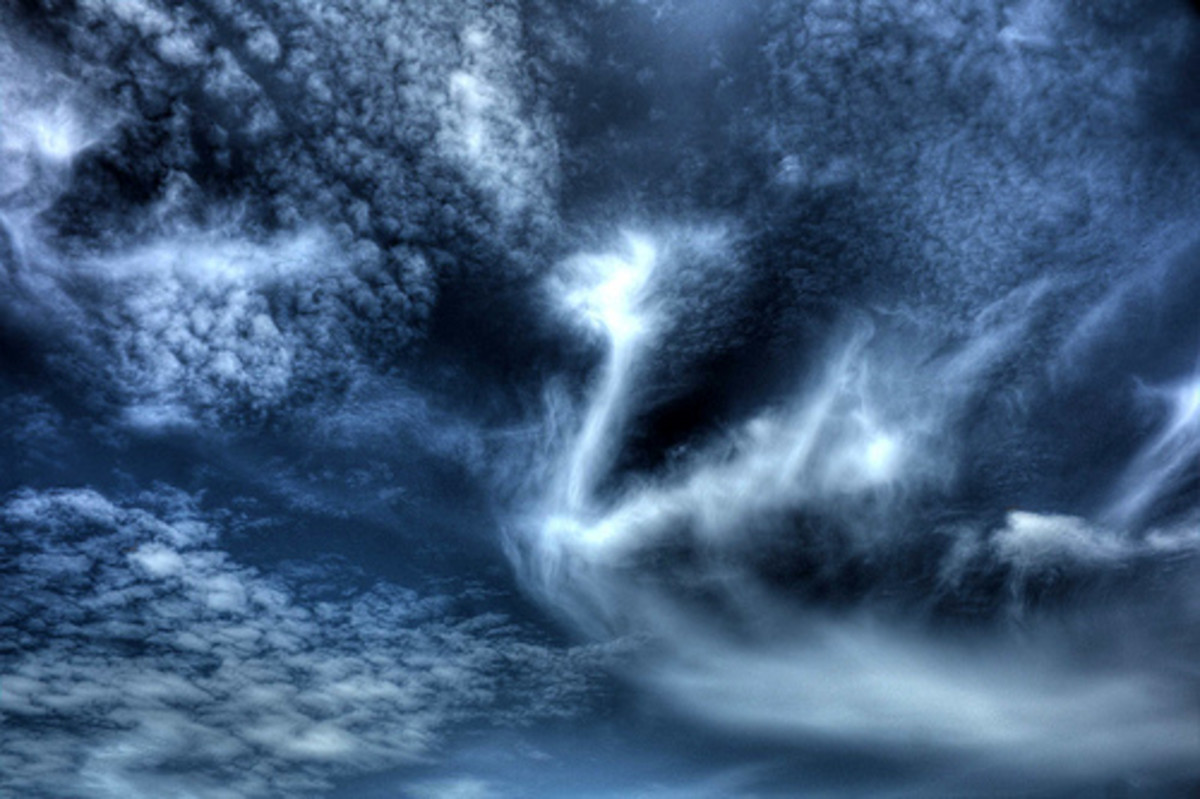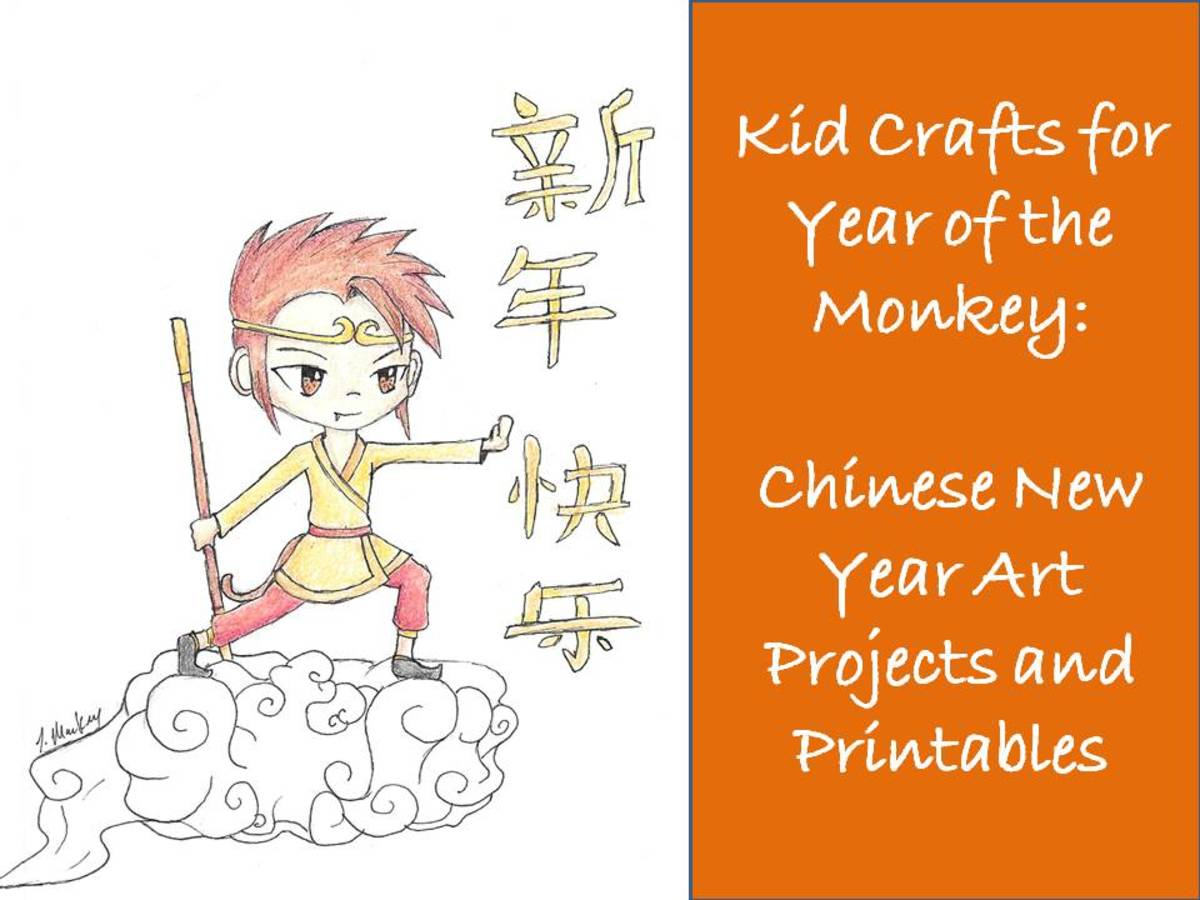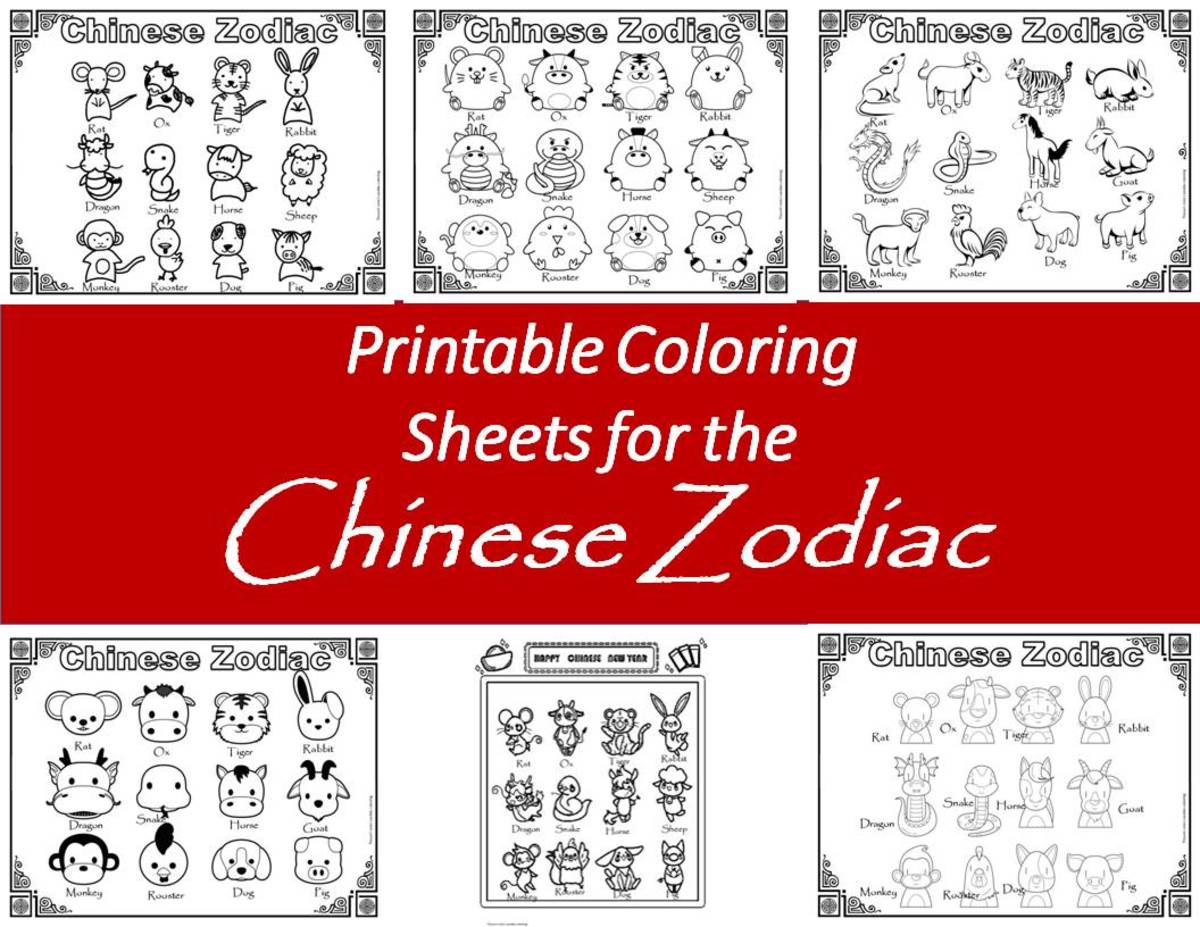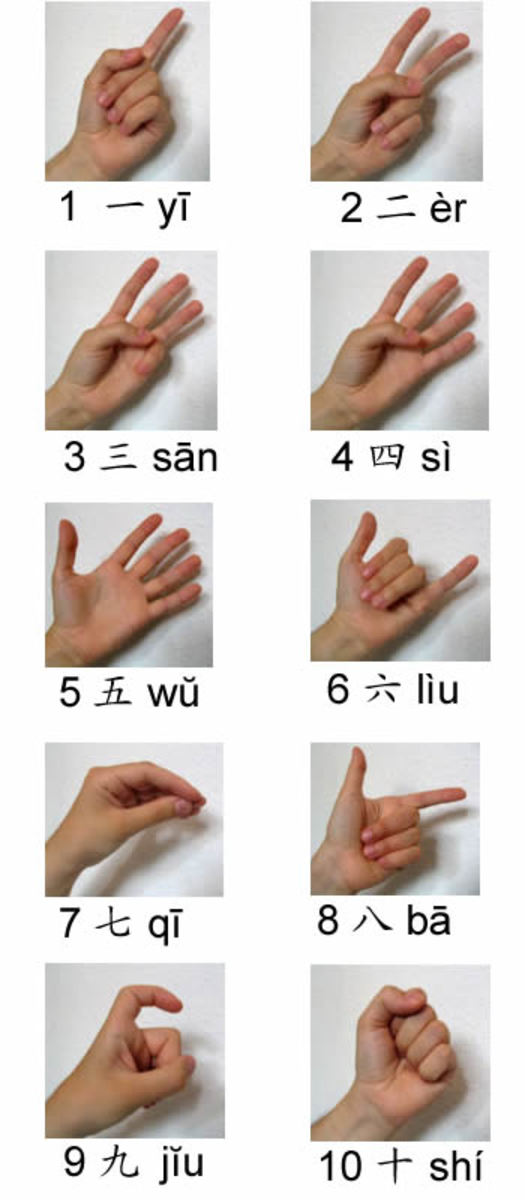- HubPages»
- Holidays and Celebrations»
- Asia Holidays»
- Chinese Holidays
Celebrating Chinese New Year in Australia

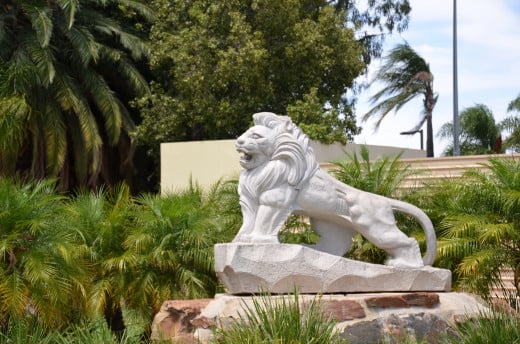
Introduction
Although I am Australian, I have celebrated Chinese New Year regularly for some years out of appreciation for the beauty and antiquity of the Chinese culture. Modern astronomy follows the Chinese system of recording observations in relation to the equator which dates back to 2400 BC (also referred to as Before Common Era). The Chinese were drawing maps with grid lines and referring to geographical positions by their coordinates by 2 AD (also referred to as Common Era). They were drilling for natural gas around 1 Bc and also projecting pictures using a “magic lantern” (Temple pp.30-31, 37, 51 & 87).
Chinese researchers described the flow of blood in the body as being pumped by the heart through 2 systems which they called the Yin and Yang by the second century BC. While their interpretation may have different than that of Western Medicine, we do have two blood systems, the arteriole and venus systems, one which pumps oxygenated blood around the body and one which returns blood to the heart and lungs. By the third century AD Chinese physicians were treating deficiency diseases, in the tenth century they were attempting hormone therapy and by the tenth century practicing a primitive, but apparently effective form of vaccination against smallpox. (pp.123-135)
Temple, R.K.G., 1986 China: land of discovery, Patrick Stephens LTD, Wellingborough
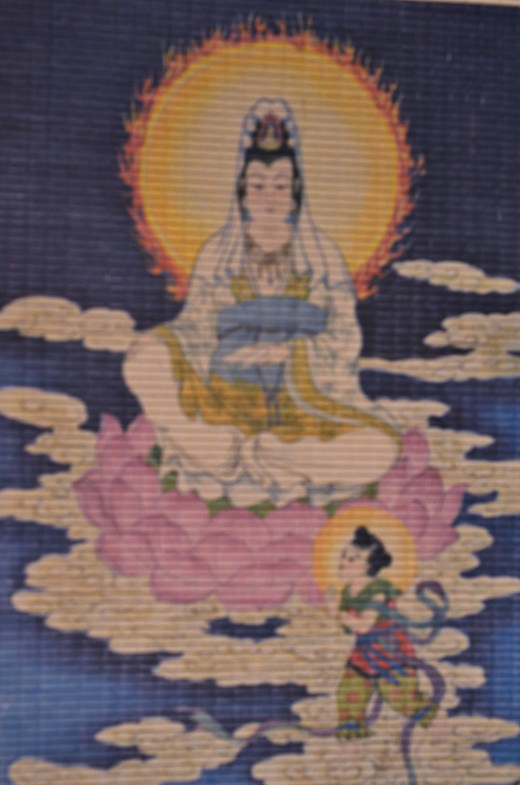
When is the Chinese New Year?
The Chinese New Year covers a month of the Chinese lunar calendar. In 2015 the Chinese New Year commences on the 19th of February and ends on the 5th of March. The timing is just great for me as I have recovered from the stress of the Western Christmas / New Year period and also have had a month to consider truly viable goals for the New Year.
In China the first three days would be statutory public holidays and many of the following days would also be free from work so people could enjoy the season thoroughly. In Australia, the Chinese New Year has not been granted a public holiday, but many families, restaurants and markets continue to celebrate the festival.
The Chinese New Year is also known as the “spring festival” and belongs to a cycle of festivals celebrated in China. In Australia and the surrounding pacific regions, the weather is hot as the season is summer and it could be said that the festival is closer to ushering in autumn in March. The festival dates back some 4000 years and has roots in sacrifices and prayers offered for the beginning of the yearly planting cycle.
See http://chinahighlights.com/travelguide/special-report/chinese-new-year/
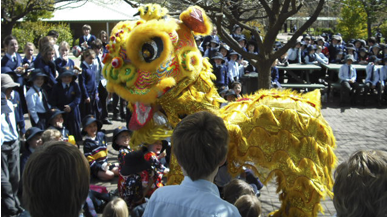
Celebrations
Families meet together to celebrate the Chinese New Year by feasting. The New Year’s Eve (February 18 2015) is marked by a “Reunion Dinner” in which all the generations of a family (grandparents, parents, children, aunts, uncles, cousins etc…) gather together. After eating a multi-course meal of traditional dishes such as sweet and sour fish and dumplings, the older people may sit down to reminisce while the younger ones play parlour games. Red envelopes containing money are presented to children and seniors.
Throughout the festival period in Australia Chinese restaurants also offer New Year feasts and traditional Lion dancers perform at these feasts. The Lion dancers can also be seen performing in the streets and at markets in areas of the city where there are a significant number of Chinese businesses or Chinese influence.
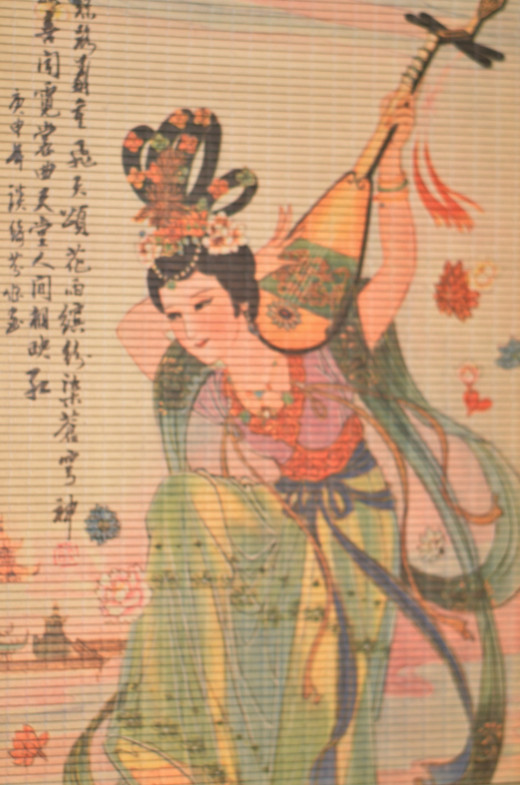
The Calendar
The Chinese lunar calendar follows a 12 year cycle and each year in the cycle is named after an animal.
- Snake - 2013, 2001, 1989, 1977, 1965
- Horse - 2014, 2002, 1990, 1978, 1966
- Goat / Sheep - 2015, 2003, 1991, 1979, 1967
- Monkey - 2016, 2004, 1992, 1980, 1968
- Rooster - 2017, 2005, 1993, 1981, 1989
- Dog - 2018, 2006, 1994, 1982,1970
- Pig - 2007, 1995, 1983, 1971, 1959
- Rat - 2008, 1996, 1984, 1972, 1960
- Ox - 2009, 1997, 1985, 1973, 1961
- Tiger - 2010, 1998, 1986, 1974, 1962
- Rabbit - 2011, 1999, 1987, 1975, 1963
- Dragon - 2012, 2000, 1988, 1976, 1964
Chinese Astrology
In Chinese astrology, a person’s destiny is affected by the animal sign of their year of birth. When this year comes around again (every 12 years), that year can be especially fateful or especially lucky for the person. In addition to the year of birth, the date and hour of birth can affect the “aspect” creating an association with either Yin (female or negative) or Yang (male or positive) tendencies. Birth hour can also bring association with one of the five alchemical “elements”: wood, fire, earth, metal and water.
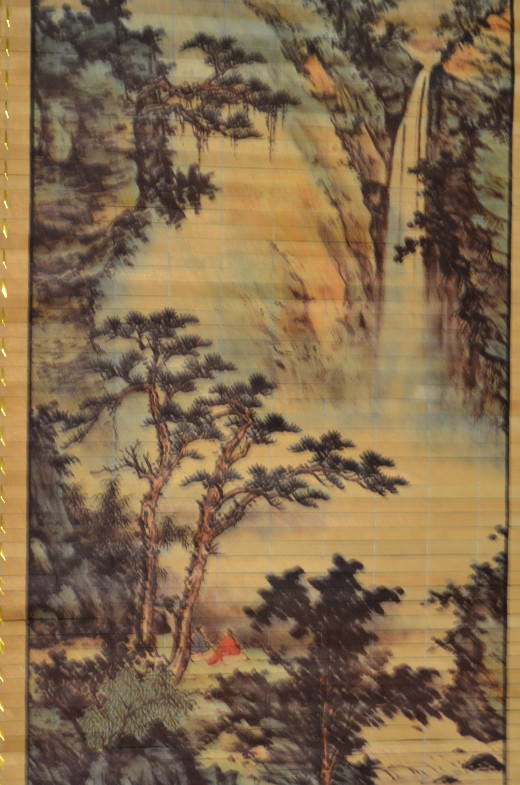
Characteristics of the 12 houses
It is thought that people born under the sign of:
-
The Rat are clever, popular, hard-working and careful with money.
-
The Ox are patient, stubborn, loyal and strong.
-
The Tiger are adventurous, lucky, charismatic and changeable.
-
The Rabbit are lucky, intelligent, sensitive, creative, passionate and cunning.
-
The Dragon are powerful, energetic, confident and successful.
-
The Snake are intriguing, private, independent and persistent.
-
The Horse are happy, outgoing, unpredictable, and daring.
-
The Goat / Sheep are patient, kind, sensitive, artistic and mildly pessimistic.
-
The Monkey are cunning, capable, proud, attractive and adaptable.
-
The Rooster are eccentric, and meticulous, amusing, forthright.
-
The Dog are loving, accepting, impartial, intelligent and rational.
-
The Pig are truthful, enthusiastic, sensual and industrious.
King, F.X. 1999 The Encyclopedia of Fortune Telling, Hamlyn, London, pp.158-175
Honey sesame toast
This recipe is a personal adaption of prawn toast. The prawn flavour can be a little strong for children’s taste and also individuals can be allergic to sea food.
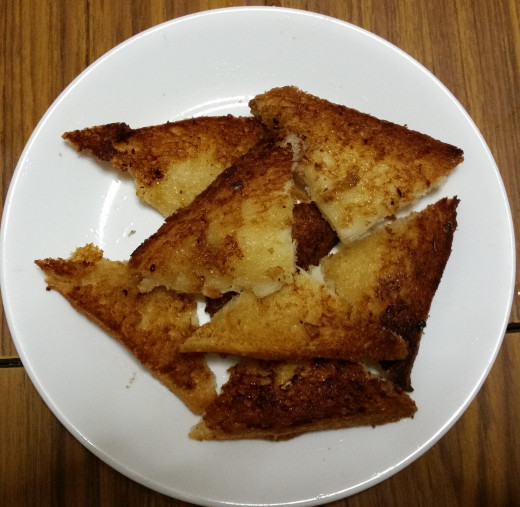
Ingredients
- 1 garlic clove roughly chopped, (or dried garlic)
- 1 tsp grated ginger, (or ginger powder)
- 2 egg-whites
- 2 spring onions, finely chopped
- 2 tsp light soy sauce
- 100 ml honey
- 6 slices white bread
- Sesame oil, to brush
- Sunflower oil, to shallow fry
- Sesame seeds, to coat toast
Instructions
- Place the honey, garlic, ginger, egg-whites, spring onion and soy sauce in a bowl (or food processor) and mix into a fine paste.
- Cut crusts off the bread slices
- Brush each side of each slice with a little sesame oil
- Spread honey mixture making sure it covers both sides of each piece
- Heat 1-2 cm oil in a deep fry pan
- Shallow fry toasts for 1-2 minutes each side or till golden brown.
- Remove from pan and drain on paper towel.
- Cut into quarter size triangles.
- Dip each slice in sesame seeds and extra soy sauce.

